Country and County: Dorset
Originally the hill served as the site of a Middle Neolithic Causeway Camp, such as the one at Windmill Hill in Avebury. The camp was enclosed by causeway ditches to the Eastern end of the hillside, perhaps protected by wooden palisades, evidence suggests the camp was attacked by archers in an inter tribal skirmish.
Shaftesbury abbey was a Benedictine nunnery that was founded by Alfred the Great around AD888, King Alfred’s daughter was also the first Abbess of Shaftesbury.
The hotel is haunted by the sound of children playing and various other ghostly phenomena. In legend deformed twins were kept locked in an upstairs room.
Directions:
The pub is on Market Street within Poole.
A screaming skull resides at Bettiscombe Manor, which in legend cannot be removed from the house. To do so is said to cause great havoc.
The imposing ruin of Corfe Castle, which dates back to the Norman period, is said to be haunted by a headless woman. She has been seen standing by the castle walls and near the ruined gatehouse.
A horseman garbed in Bronze Age attire has been seen on Bottlebush Down. He disappears into a long barrow from the site of a cursus on the B3081. Many witnesses including respected Archaeologists have seen the spirit. Bottlebush Down seems to have been important to early man and is littered with his remains.
An Iron Age hillfort above Lulworth Cove seems to have been taken over by the Romans when they invaded. The area is said to be haunted by phantom Roman soldiers seen several times over the years. Traditionally they are said to appear at times of national crisis. They have also been seen at Bindon Hill and Knowle hill.
Directions:
Bronze Age barrows on the down are known as the music barrows, and are traditionally thought to be home of the fairy folk. According to folklore it was possible to hear the fairy revelry if you placed your ear to the barrows at midday.
Directions:
A public footpath runs near the down reached from the South West Coast Path.
This is the largest Iron Age Hillfort in Britain, consisting of a spectacular series of bank and ditch defences enclosing an area of 45 acres. These fortifications cover the much earlier site of a Middle Neolithic Causeway Camp from around 3000BC. The camp was enclosed by two lines of ditches, the remains of which are indistinguishable.
The area around Knowlton formed a major ritual site in the Neolithic period, the main focus being three Neolithic henge earthworks. Two have long since been ploughed and weathered away, but one remains with the ruin of a twelfth century Norman church at its centre, probably some form of controlling pagan sites by the early church.

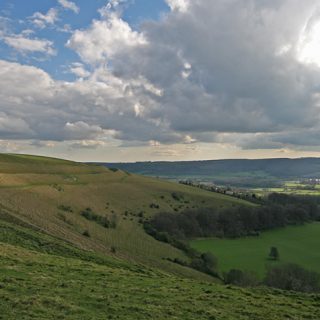
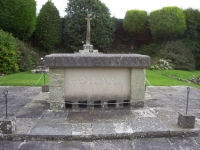
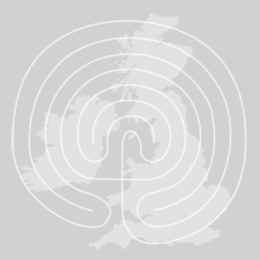
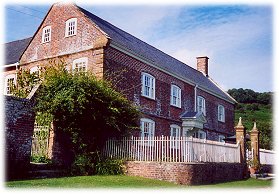
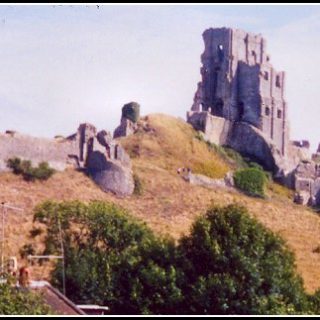
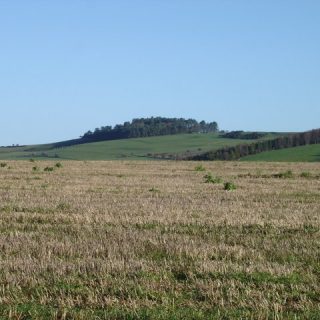
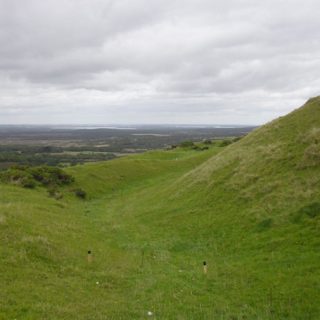
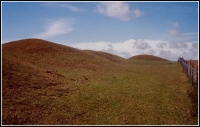
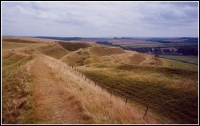
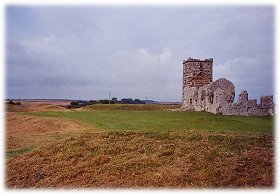
Recent Comments